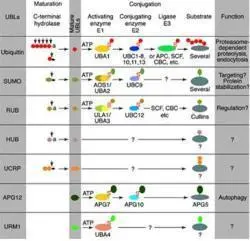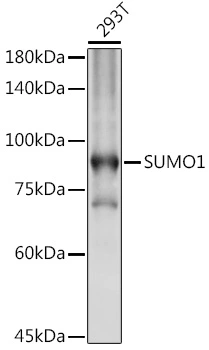
WB analysis of 293T cell lysate using GTX55812 SUMO1 antibody. Dilution : 1:500 Loading : 25microg per lane
SUMO1 antibody
GTX55812
ApplicationsImmunoFluorescence, Western Blot, ImmunoCytoChemistry, ImmunoHistoChemistry, ImmunoHistoChemistry Paraffin
Product group Antibodies
TargetSUMO1
Overview
- SupplierGeneTex
- Product NameSUMO1 antibody
- Delivery Days Customer9
- Application Supplier NoteWB: 1:500 - 1:2000. ICC/IF: 1:50 - 1:200. IHC-P: 1:50 - 1:100. *Optimal dilutions/concentrations should be determined by the researcher.Not tested in other applications.
- ApplicationsImmunoFluorescence, Western Blot, ImmunoCytoChemistry, ImmunoHistoChemistry, ImmunoHistoChemistry Paraffin
- CertificationResearch Use Only
- ClonalityPolyclonal
- ConjugateUnconjugated
- Gene ID7341
- Target nameSUMO1
- Target descriptionsmall ubiquitin like modifier 1
- Target synonymsDAP1, GMP1, OFC10, PIC1, SENP2, SMT3, SMT3C, SMT3H3, UBL1, small ubiquitin-related modifier 1, GAP modifying protein 1, SMT3 homolog 3, SMT3 suppressor of mif two 3 homolog 1, sentrin, ubiquitin-homology domain protein PIC1, ubiquitin-like protein SMT3C, ubiquitin-like protein UBL1
- HostRabbit
- IsotypeIgG
- Protein IDP63165
- Protein NameSmall ubiquitin-related modifier 1
- Scientific DescriptionThis gene encodes a protein that is a member of the SUMO (small ubiquitin-like modifier) protein family. It functions in a manner similar to ubiquitin in that it is bound to target proteins as part of a post-translational modification system. However, unlike ubiquitin which targets proteins for degradation, this protein is involved in a variety of cellular processes, such as nuclear transport, transcriptional regulation, apoptosis, and protein stability. It is not active until the last four amino acids of the carboxy-terminus have been cleaved off. Several pseudogenes have been reported for this gene. Alternate transcriptional splice variants encoding different isoforms have been characterized. [provided by RefSeq, Jul 2008]
- Storage Instruction-20°C or -80°C,2°C to 8°C
- UNSPSC12352203

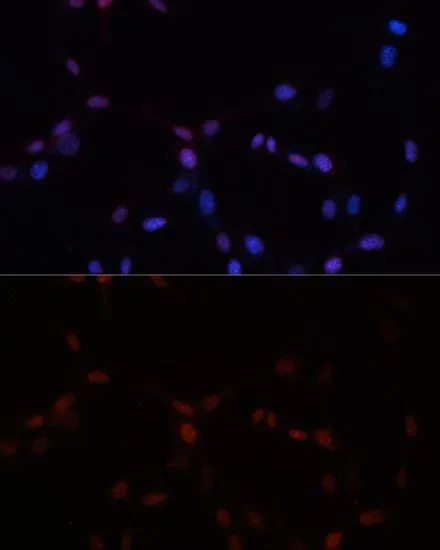
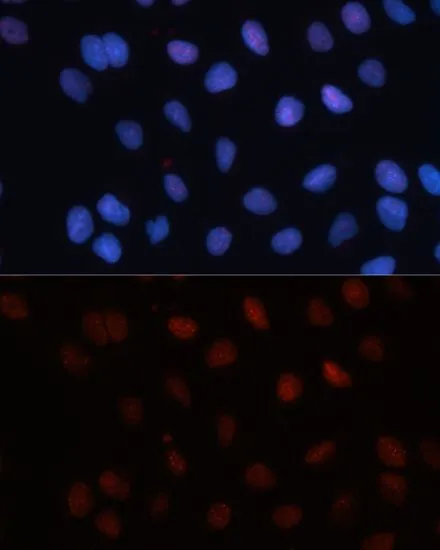
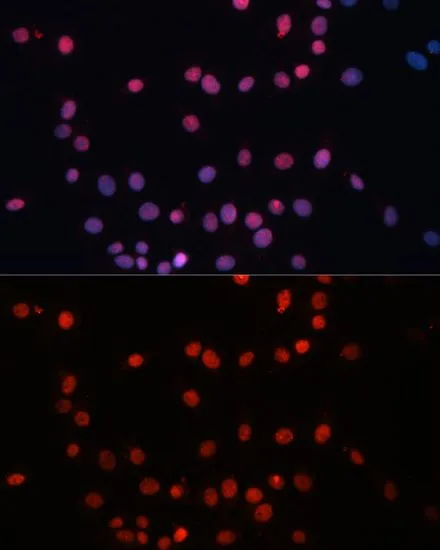
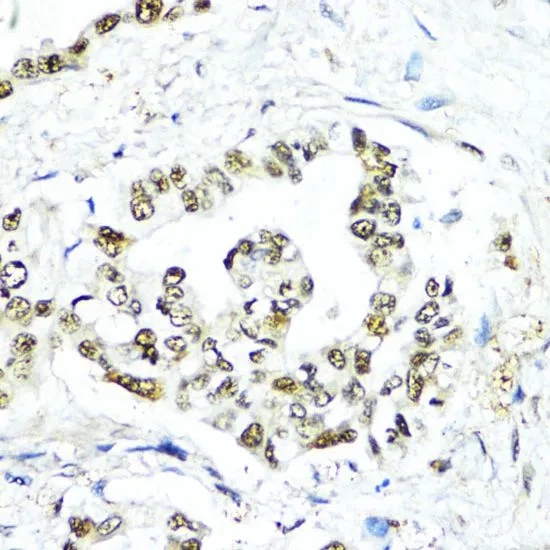
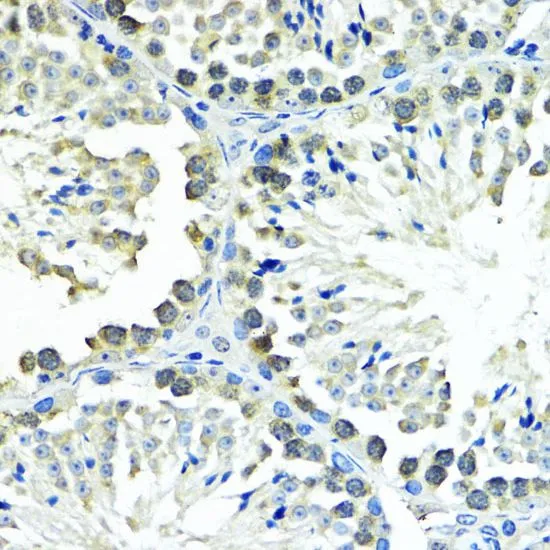
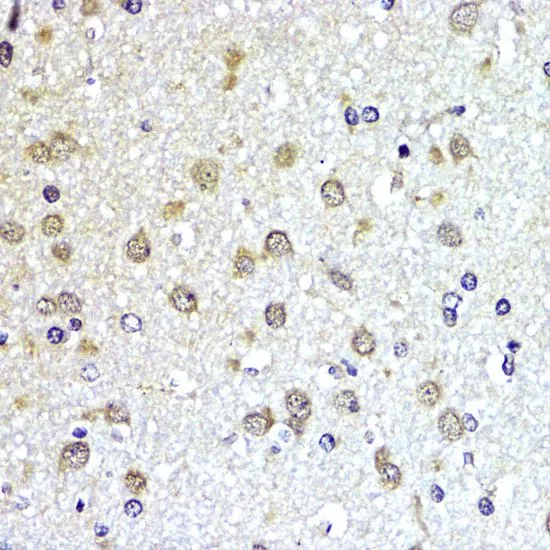

![ICC/IF analysis of C-33A cells using GTX00701 SUMO1 antibody [4D12]. SUMO-1 colocalizes with SUMO2/3. Left : anti-SUMO-1 antibody (4D12) Middle : anti-SUMO2/3 antibody (3H12) Right : Merged image Dilution : 10 microg/ml](https://www.genetex.com/upload/website/prouct_img/normal/GTX00701/GTX00701_20191104_ICC-IF_1_w_23053121_395.webp)
![ICC/IF analysis of HEK293A cell using GTX00842 SUMO1 antibody [4D12] (FITC). Scale bar : 50 mm Dilution : 1:50](https://www.genetex.com/upload/website/prouct_img/normal/GTX00842/GTX00842_20200406_AP_002_129_w_23053121_519.webp)
![FACS analysis of paraformaldehyde-fixed HepG2 cells using GTX35092 SUMO1 antibody [SM1/495]. Blue : Primary antibody Red : Isotype control](https://www.genetex.com/upload/website/prouct_img/normal/GTX35092/GTX35092_20200115_FACS_1657_w_23060801_235.webp)
![IHC-P analysis of human ovarian carcinoma tissue using GTX35093 SUMO1 antibody [SPM571].](https://www.genetex.com/upload/website/prouct_img/normal/GTX35093/GTX35093_20200115_IHC-P_834_w_23060801_876.webp)
![IHC-P analysis of human testicular carcinoma tissue using GTX35094 SUMO1 antibody [SUMO1/1188].](https://www.genetex.com/upload/website/prouct_img/normal/GTX35094/GTX35094_20200115_IHC-P_1211_w_23060801_906.webp)
